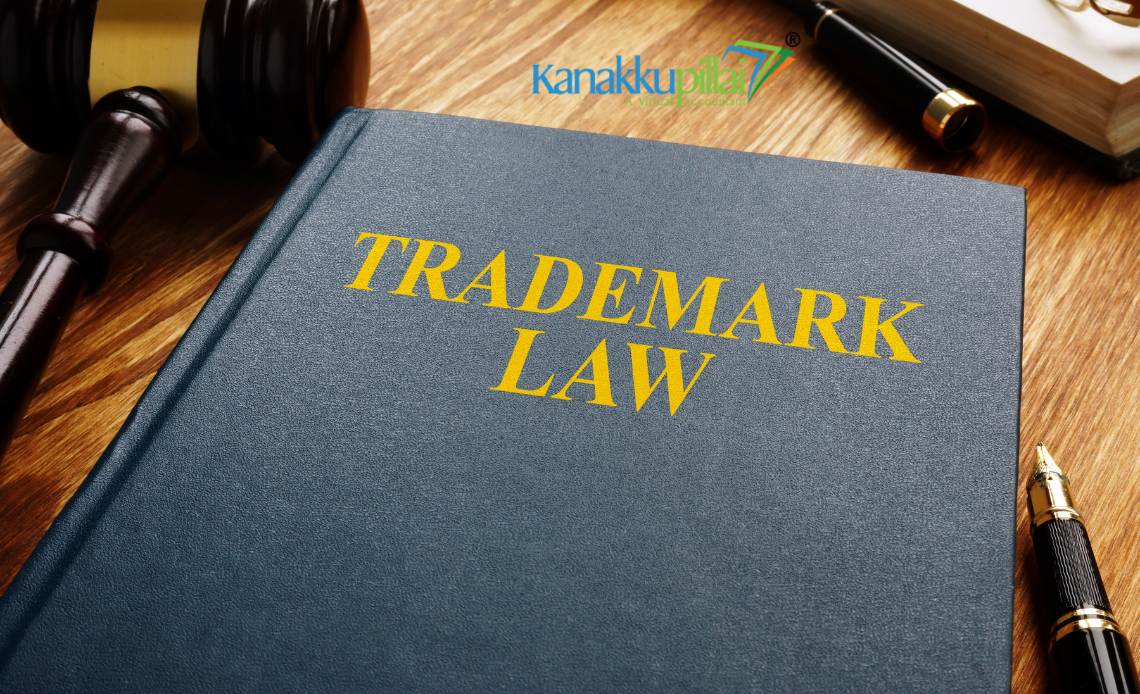A Certification Mark is a type of trademark used to indicate that a product or service meets certain predefined standards related to origin, quality, material, or mode of production. Unlike regular trademarks that distinguish one trader’s goods from another’s, certification marks assure consumers of consistent quality and compliance.
This blog explains what certification marks are under the Trademarks Act, 1999, their purpose, how they differ from trademarks, and the process for registration in India.
Introduction
In today’s marketplace, where consumers face a flood of options, trust and credibility have become key to influencing purchase decisions. That’s where certification marks come in. These marks, governed by the Trade Marks Act, 1999, serve as a sign of quality, safety, and compliance issued not by the manufacturer or trader but by an authorized certifying body.
The certification mark doesn’t indicate who made the product, but certifies that the product meets a set standard. It reassures buyers that a neutral, recognized agency has verified the product’s quality or origin. A familiar example in India is the ISI mark for industrial products or the Agmark on food items.
Certification marks are especially valuable in industries where safety, health, or environmental compliance is critical.
What is a Certification Mark?
As defined under Section 2(1)(e) of the Trade Marks Act, 1999, a certification mark means –
“A mark capable of distinguishing the goods or services in connection with which it is used in the course of trade and which are certified by the proprietor of the mark in respect of origin, material, mode of manufacture, quality, accuracy or other characteristics.”
In simple terms, it is a guarantee of standardization, ensuring that the product or service adheres to certain technical, environmental, or process-related specifications.
Purpose of Certification Marks
The main purpose of certification marks is to protect consumers from substandard or deceptive goods and to support fair trade by certifying compliance. Here is what they do –
- It indicates the quality or safety standards of the articles.
- It promotes consumer confidence in the products.
- It also ensures third-party neutrality in verification.
- Also, help businesses access export markets where certified goods are preferred.
- Support regulatory compliance in sectors like food, electricals, chemicals, and healthcare.
Certification marks bridge the trust gap between manufacturer and consumer, especially where direct quality assessment isn’t possible.
Who Can Apply for a Certification Mark?
Unlike a regular trademark, certification marks cannot be owned or applied for by traders, manufacturers, or service providers who use the mark themselves. Instead, it must be applied for by a third-party certifying body that sets and monitors the standards.
This could be a –
- Government authority
- Industry regulator
- Standards-setting body
- Private certifier (in some cases)
They must demonstrate that they are competent to certify the goods or services in question.
How to Register a Certification Mark in India?
Certification marks are registered under Chapter VIII of the Trademarks Act. The process includes –
1. Application Filing
- File Form TM-C under the name of the certifying authority
- Submit with a copy of the standards to be certified, details of the organization, and the control system for compliance
2. Examination by the Trademark Office
- The Registrar will examine the submitted application and may request clarification or amendments.
- It ensures the applicant is not directly engaged in trading the goods or services.
3. Publication in Trade Marks Journal
- Once accepted, the application is published for public objections or opposition
- If opposed, both parties present evidence and arguments
4. Registration
- If no objection is raised (or is successfully resolved), the mark is registered and listed on the Trademark Register
- The validity is 10 years, and it can be renewed indefinitely
Note – Unlike trademarks, certification marks are subject to more scrutiny, especially on the independence and objectivity of the certifying authority.
Responsibilities of the Certifying Authority
- Upon becoming the certifying authority, the certifying authority must:
- Confirm that the applicant meets the standards established before granting the right to use the mark
- Access periodic audits and reviews to ensure compliance by the applicant
- Revoke the mark if the standards have been violated
- Maintain equitable access to certification without discrimination
- Keep the public and authorities fully informed regarding any developments for any changes made in accreditation norms
If a certifying authority fails to carry out these duties, there may be grounds for cancelling the registration.
Conclusion
Certification marks play a critical role in today’s competitive market, where consumers expect transparency and quality assurance. Under the Trade Marks Act, 1999, they serve as a legal tool for independent certification bodies to guarantee compliance, thereby protecting both consumer interest and product integrity.
Unlike regular trademarks that promote a brand, certification marks build public trust by assuring that a product meets a verified standard. With rising quality awareness in sectors like food, healthcare, and electronics, certification marks are more relevant than ever, not just for compliance, but as a competitive advantage.
For businesses, aligning with certified standards opens access to new markets, greater consumer loyalty, and improved credibility, all without the burden of creating their own trust seal.
Related Service
References
The Trade Marks Act, 1999 (Act No. 47 of 1999)
The Trade Marks Rules, 2017
https://www.ipindia.gov.in/trade-marks.htm
https://tmrsearch.ipindia.gov.in/tmrpublicsearch/
https://ipindiaonline.gov.in/





